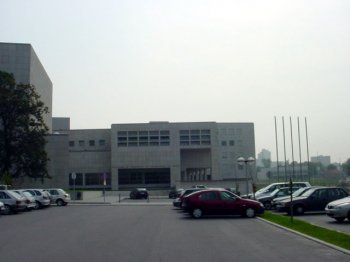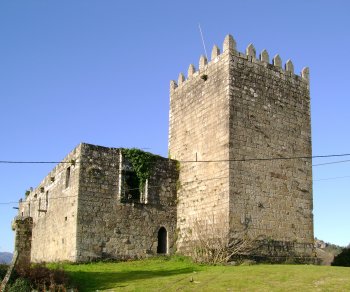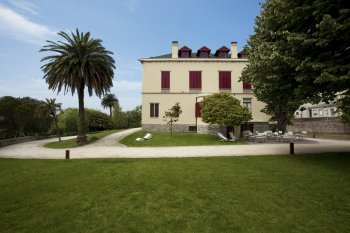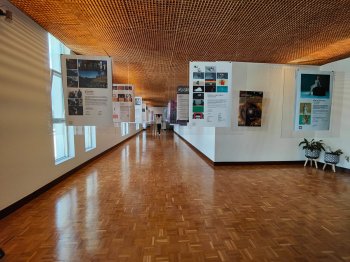Explore the best places
Heritage in Portugal
Museu da FEUP
- heritage
Rua do Doutor Roberto Frias
4200-465, Porto
The Museu da Faculdade de Engenharia da Universidade do Porto has a museological heritage consisting of collections of objects that testify to the experimental teaching and research developed by the institution since its inception. For more detailed information about this and other mining and geological points of interest in Portugal, visit < a href = http:\/\/www.roteirodeminas.pt target = "_blank" > www.roteirodeminas.pt <\/a>.

Museu de Jazigos Minerais Portugueses
- heritage
Rua da Amieira - Apartado 1089
4465-021, São Mamede de Infesta
This museum, located at the Laboratório do Instituto Geológico e Mineiro (Laboratory of the Geology and Mining Institute), features one of the best and most complete national collections of the main Portuguese mines. A special note to the kaolin exploration of Senhora da Hora. It also shows archaeological findings that ilustrate the mining activities throughout the epochs in Portugal.

Torre do Relógio de Caminha
- heritage
Praça do Conselheiro Silva Torres, 8
4910-156, Caminha
This clock tower is a medieval monument which belongs to the former city defensive walls. The tower together with the City Council building and the misericórdia building both from the XVI century, form an important architectonic ensemble. The tower is one of the old city gates, in the form of a double arch.

Paço da Giela
- heritage
Paço de Giela
4970-765, Giela
This is a fortified manor house, an example from the Lords residence on the Portuguese Middle Age. The tower from the 14th century attached palaced buildings from the 16th century. It is worth to mention to the Manueline window.

Castelo de Santa Cruz
- heritage
Rio Frio
4970, Parada
Despite the poor state of conservation and corresponding asset value, little castle of Santa Cruz or the arches has great historical significance and regional scientific interest enough for understanding the Organization and evolution of medieval settlement in the Minho region.


Museu da Vila Velha de Vila Real
- heritage
Rua de Trás-os-Muros
5000-657, Vila Real
The Museum of Vila Velha is a new cultural equipment of Vila Real, housed in a building designed by the architect António Belém Lima, and aims to make known the fruits of archaeological excavations in Vila Velha, allowing an increasingly profound knowledge of occupation of this territory. The visitor can contact closely with the results of the interventions, but also with associated archaeological practices. On the lower level, offers an area dedicated to temporary exhibitions, diverse themed. On the top floor, an area for holding exhibitions of average duration. There is also an auditorium with capacity for 60 people.

Museu da Quinta de Santiago
- heritage
Rua de Vila Franca, 134
4450-802, Leça da Palmeira
Built by João Santiago de Carvalho e Sousa at the end of the 19th century, it was designed by the Italian Nicola Bigaglia. In 1968, the Municipality of Matosinhos acquired the building and the surrounding garden and the space was adapted for the current Museum of Quinta de Santiago/ Centro de Arte de Matosinhos, opened in 1996. It is housed in a historic building, surrounded by a charming garden, and is a privileged witness to the profound urban and social transformations that took place in the city of Matosinhos-Leça at the end of the 19th century and throughout the 20th …

Museu Municipal Armindo Teixeira Lopes
- heritage
Rua Coronel João Maria Sarmento Pimentel, 168
5370, Mirandela
A contemporary fine arts museum that exhibits works by 286 artists, both national and foreign, in a total of 460 art works.

Museu da Terra de Miranda
- heritage
Praça Dom João III, 2
5210-190, Miranda do Douro
Located in the historic centre of the city of Miranda do Douro, in a 17th century building, the museum preserves and exhibits cultural, ethnographic and artistic objects of the region.
